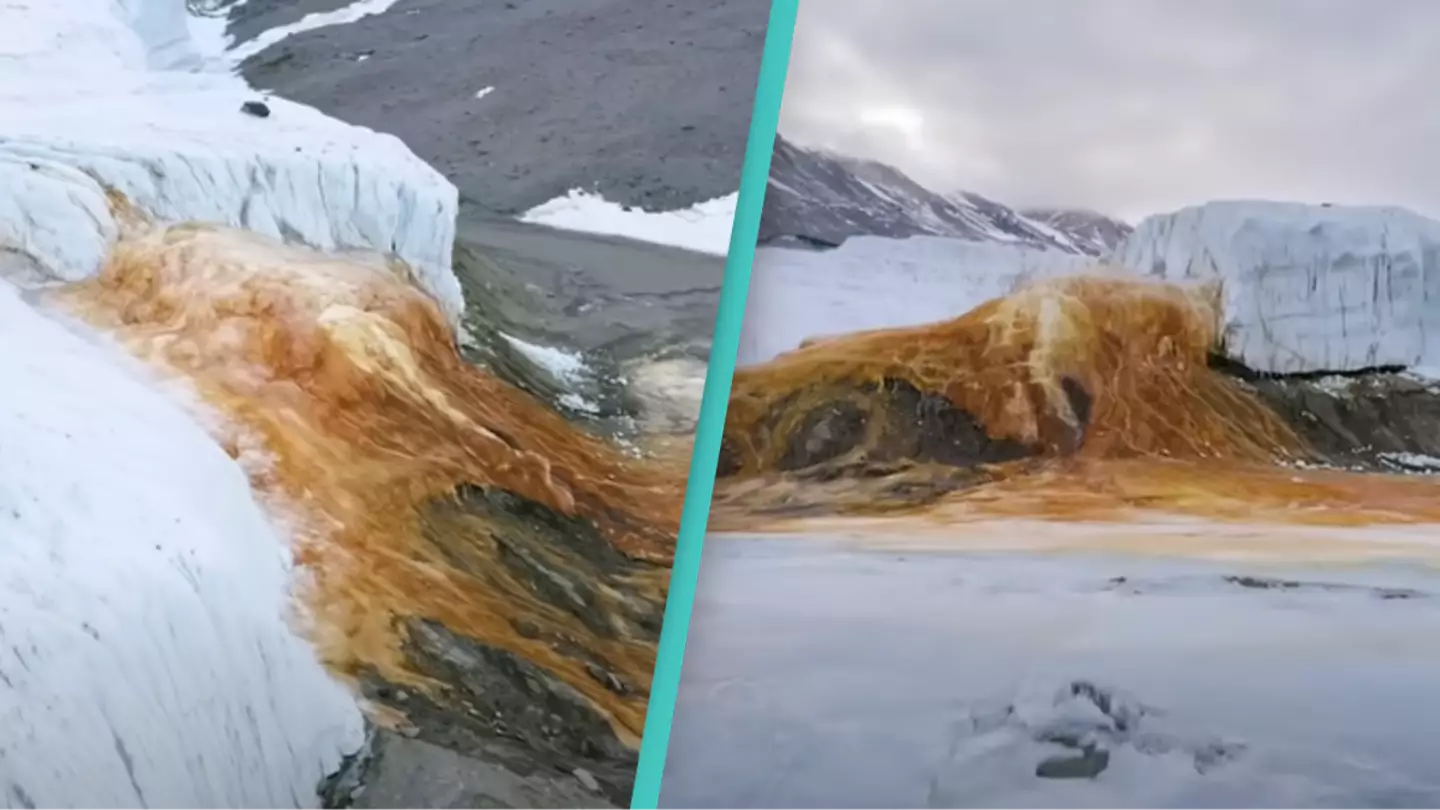
The 100-year-old mystery of Antarctica's Blood Falls finally solved
Scientists explained what causes a region of Antarctica to look as if it is bleeding
Featured Image Credit: YouTube/PBS Terra
Topics: Science, Antarctica, News
 Gerrard Kaonga
Gerrard Kaonga
Gerrard is a Journalist at UNILAD and has dived headfirst into covering everything from breaking global stories to trending entertainment news. He has a bachelors in English Literature from Brunel University and has written across a number of different national and international publications. Most notably the Financial Times, Daily Express, Evening Standard and Newsweek.